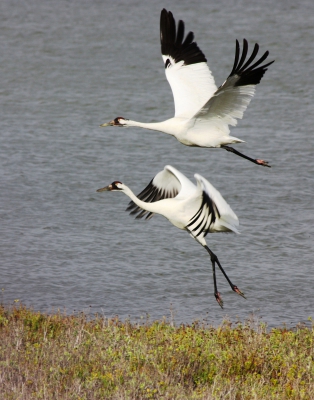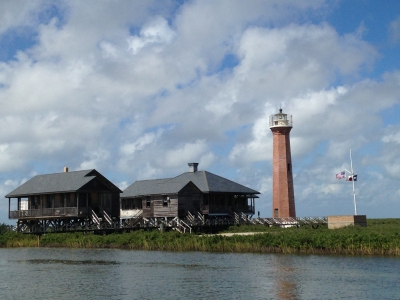|
Vulnerability Assessment Report 1 - Historical Climate Change Data Analysis Report 2 - Climate Change Social Sensitivity Analysis Background Climate change poses major threats to our nation’s estuaries. Changes in sea level, shifts in salinity and pH, changes in air and water temperature, and alterations in precipitation could result in the potential loss of habitats and associated species, as well as adverse impacts to local economies, development, and infrastructure. In order to improve the resiliency of these important ecosystems and the communities that rely on them, we must strengthen our understanding of climate variability and develop adaptation strategies that address the major climate change threats. To develop sound adaptation strategies, decision-makers must understand (1) which resources are most likely to be affected by climate change and (2) what options are available for improving their resilience. Vulnerability assessments are a key tool for developing this understanding, and they provide the necessary information for creating effective adaptation strategies. |
Vulnerability assessments will help resource managers make decisions about important species, such as the endangered Whooping Crane. |
|
What’s happening? The Mission‐Aransas National Estuarine Research Reserve is collaborating with Texas Sea Grant to conduct a vulnerability assessment of the Reserve and its surrounding communities. The Reserve is an ideal location to conduct this type of vulnerability analysis because it is situated in an area that is already exposed to episodic changes in climate and is forecasted to see increases in the frequency and duration of these episodic changes. The Reserve is also fortunate to have access to a variety of long‐term datasets that will allow researchers to adequately assess vulnerability. The Mission‐Aransas Reserve will partner with federal and state agencies, local governments, universities, and non‐profits to gather data and thoroughly assess the vulnerability of the Mission‐Aransas Reserve ecosystems and local communities to climate change. Project Goals The proposed project will: The results from this study will provide resource managers and local officials with the information they need to protect estuarine ecosystems, as well as humans. They will be able to choose appropriate management measures that promote estuarine resilience, incorporate climate change in management plans, and prioritize agency investments. |
The human communities surrounding the Mission-Aransas Reserve are also at risk from climate change. They will be forced to deal with hazards, such as more frequent droughts, hurricane force winds, coastal flooding, and sea level rise. |



